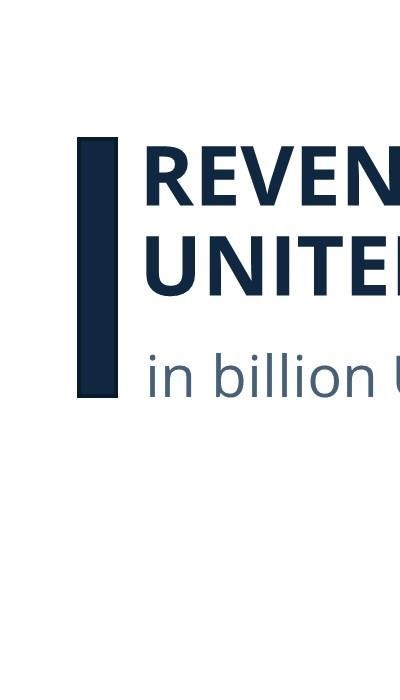
The escalating costs associated with modern education present a significant barrier for many financially disadvantaged students and low-income schools. This necessitates a critical examination of alternative resource procurement strategies. This article explores the untapped potential of «dump shops,» a broader term encompassing thrift stores, consignment shops, estate sales, and clearance sales, as vital contributors to budget-friendly learning and sustainable education practices.
The Untapped Potential of Secondhand Materials
Traditionally overlooked, dump shops offer a treasure trove of affordable supplies and pre-owned equipment. The acquisition of used textbooks, secondhand materials, and recycled educational materials from these sources represents a significant opportunity for minimizing educational costs and maximizing value for money in education. For low-income schools, the potential savings are substantial, allowing for the reallocation of funds towards other crucial educational needs.
Specific Applications within the Educational Sector
- Used Textbooks: A significant expense for students and institutions alike, used textbooks offer substantial savings compared to their new counterparts. Thrift stores and online marketplaces often offer a wide selection at significantly discounted prices.
- Affordable Supplies: From stationery and art supplies to laboratory equipment, dump shops offer a wide array of affordable supplies. Resourcefulness in education extends to repurposing items found in these locations, fostering creativity and minimizing waste.
- Pre-owned Equipment: Schools can source pre-owned computers, projectors, and other technological equipment at significantly reduced prices, enhancing access to technology for financially disadvantaged students.
- Recycling Educational Materials: Dump shops facilitate the recycling of educational materials, promoting sustainable education and reducing environmental impact. This aligns with the growing emphasis on environmentally conscious practices within the educational sector.
Strategic Sourcing and Bargain Hunting for Education
Successful utilization of dump shops requires a strategic approach. Regular visits to local thrift stores, participation in estate sales and clearance sales, and diligent online bargain hunting are crucial for identifying quality educational resources at significantly discounted prices. This necessitates a proactive and resourceful approach to procurement.
Maximizing the Impact of Secondhand Resources
The effective integration of secondhand materials necessitates careful consideration of quality and functionality. While cost-effectiveness is paramount, it is essential to ensure that the acquired materials meet the necessary educational standards. Regular inspection and maintenance of pre-owned equipment are vital to maintain functionality and extend their lifespan.
Repurposed Classrooms and Sustainable Education
The concept of repurposed classrooms extends beyond the procurement of materials. It encompasses a broader philosophy of resourcefulness, encompassing creative uses of available space and materials. This approach fosters a culture of sustainability and resourcefulness within the educational institution, positively impacting both the learning environment and the overall educational experience.
The strategic utilization of dump shops represents a significant opportunity for minimizing educational costs and promoting sustainable education practices. By embracing resourcefulness in education and actively engaging in bargain hunting for education, educational institutions and individual students can overcome financial barriers and ensure equitable access to quality education for all. This approach underscores the importance of value for money in education and the vital role of cost-effective education in creating a more inclusive and sustainable learning environment, particularly for low-income schools and financially disadvantaged students.

This is a well-structured and persuasive argument for the increased utilization of secondhand resources in education. The article effectively demonstrates the economic viability and environmental responsibility of this approach. The practical suggestions offered are both innovative and readily implementable, making this a highly relevant and impactful contribution to the ongoing discussion on sustainable and equitable education.
This article provides a timely and insightful analysis of the potential of «dump shops» as a sustainable and cost-effective resource for educational institutions. The focus on minimizing educational costs while maximizing value is particularly relevant in the current economic climate. The practical examples provided, such as the use of secondhand textbooks and equipment, effectively illustrate the tangible benefits of this approach.
The author